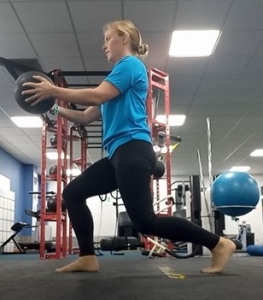Isometric Strength Training
You will likely be using concentric and eccentric loading in your strength training, but what about isometric?
First of all… what is isometric strength?
Compared to concentric and eccentric strengthening which involve movement of joints under load, isometric strength involves muscle(s) being active while static.
Why and when might you wish to use isometric strength training?
Research has show isometric strength training to be less fatiguing, so this is a great option if recovering from illness or injury.
Following an injury or surgery, such as total knee replacement or bone fracture, where a joint range is limited, this type of strength work allows for a strong muscle contraction without needing a full range of movement at the effected joint.
Recent research has also show there to be further health benefits too, such as reducing blood pressure.
What about sets and reps?
To increase maximal strength, the International Journal of Sports Medicine reports that exercises should be sustained for 3-5seconds (great for glute bridging!) when working at a maximal contraction, with a total of 30-90 seconds per session. You can also use longer periods for building endurance (such as wall sits and planks).
Int J Sports Med, 2019 May;40(6):363-375. Brief Review: Effects of Isometric Strength Training on Strength and Dynamic Performance
Examples of isometric exercises
- Plank – hands, elbows, side, reverse
- Wall sit
- Static table top
- Shoulder bridge (the static part when your hips are high)
- V sit
- Front raise hold
Looking for help with your strength training?
Book an appointment with one of our Sports Therapists to discuss your individual requirements and goals



